Shade Garden Design Technique – Vegetable Color Blocking
For several years I have had a full shade vegetable garden in my back garden. I love it and I have had many plants that I have been told will never grow in the full shade vegetable garden survive quite nicely. The secret for shade vegetable growing is generally this — “NO ROOTS & NO FRUITS”. Both fruits and roots do not produce as well in shade, however, most everything else that is green or leafy will do just fine in a shade bed and I make sure that I take full advantage of every plant I can to make it all work. One of my latest shade garden design techniques has been what I describe as “Vegetable Color Blocking” and involves the use of two plant colors repeatedly in the garden (see the garden view above).
Shade Garden Vegetables
Below is a list of vegetables you can use in the full shade vegetable garden and have given me significant success. Here is a link to the previous story (see photo right) with a different shade garden plan if you would like additional ideas for planting designs – LINK.
- A
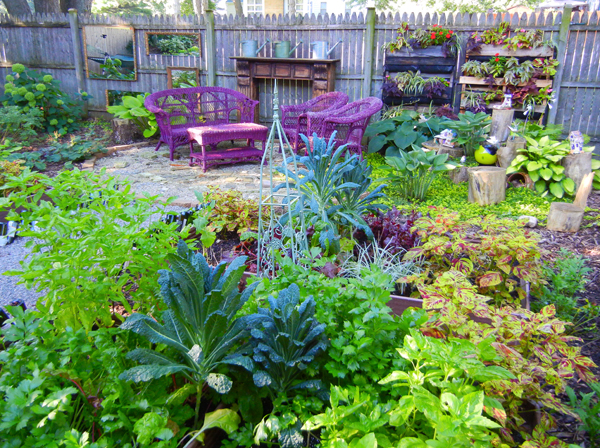 rugula
rugula - Basil
- Beans (lower production for beans)
- Beets (for beet greens)
- Celery
- Collard greens
- Corn Maiche
- Cucumbers
- Herbs (i.e. chives, cilantro, lemon balm, mint, oregano, parsley, scallions)
- Kale (all types)
- Lettuces (all types)
- Mustard Greens
- Pak Choi
- Peas (lower production for peas)
- Radishes (small radishes)
- Rhubarb
- Spinach
- Swiss Chard
- Turnip Greens
How To Do A Garden Design With Vegetable Color Blocking
For my color-blocking color palette, I chose blue-green and burgundy-purple. I assigned each raised bed area a number, then coordinated the numbers. In the below drawing you can see that I used an “every other planting bed” concept. Number 1 is represented for blue-green plants and number 2 is burgundy-purple plants.
Next I laid out all the plants next to one another in the planting order I felt would look the best ornamentally (see below). While I had enough blue-green cabbage to completely cover all the space for my number 2 designated planting areas, I did not have enough of the burgundy-purple plants to do a total number one sweep of all the exact same plants. Instead, I split it up and planted purple basil, purple cabbage, and blood beets within the various number one planting areas. It worked out fine.
Below you can see the herbs and vegetables growing in July in front of my remodeled tiki hut shed. Because of the full shade situation, the cabbages never grew giant cabbage heads as they would have in full sun; the herbs had stronger production in the shade. However, I feel the plants were useful in that I occasionally picked a leaf off of the cabbages for use in the kitchen and it proved a very successful garden design. All season long it was attractive and colorful, so the color blocking technique was a success!
*Note – Because the FTC requires it, I am noting that Greenland Gardener sponsored the Double Bed Raised Garden. Organic Mechanics Soil sponsored the soil used for this project. Also, Bonnie Plants supplied the vegetable plants grown in the garden this season. I write many instructional stories and videos with these incredible products and donate a large portion of the vegetables to the local food pantry when harvested.

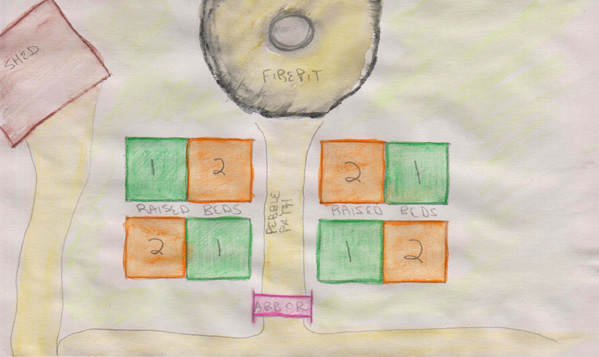
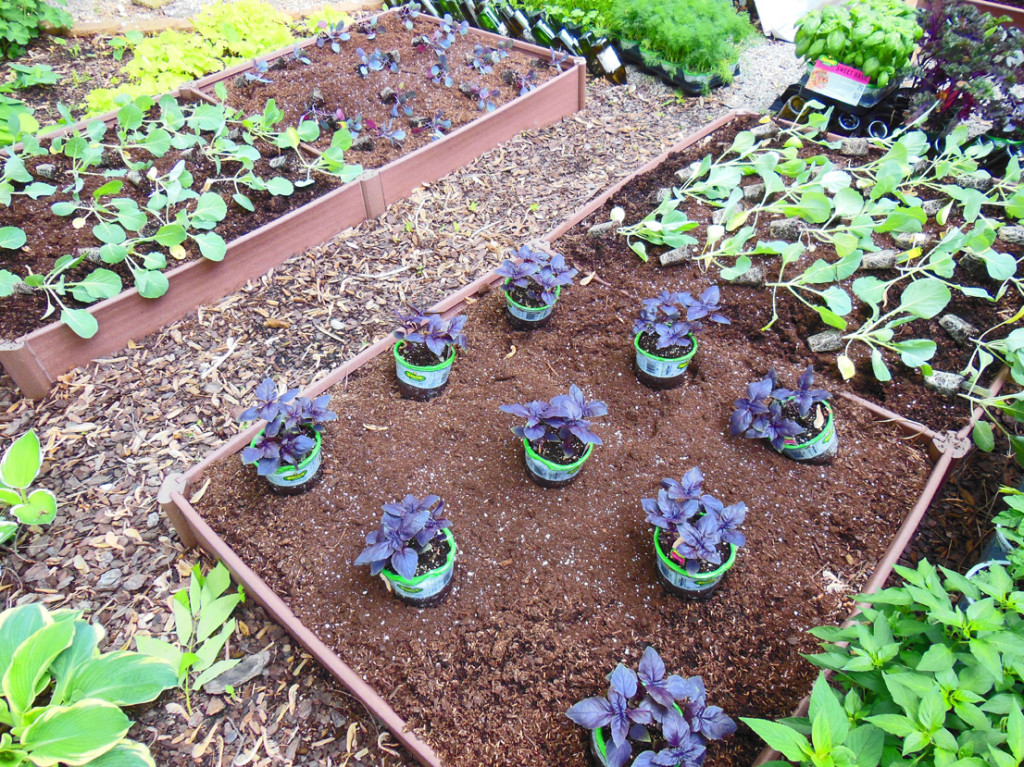

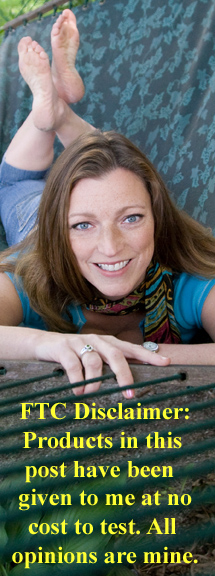

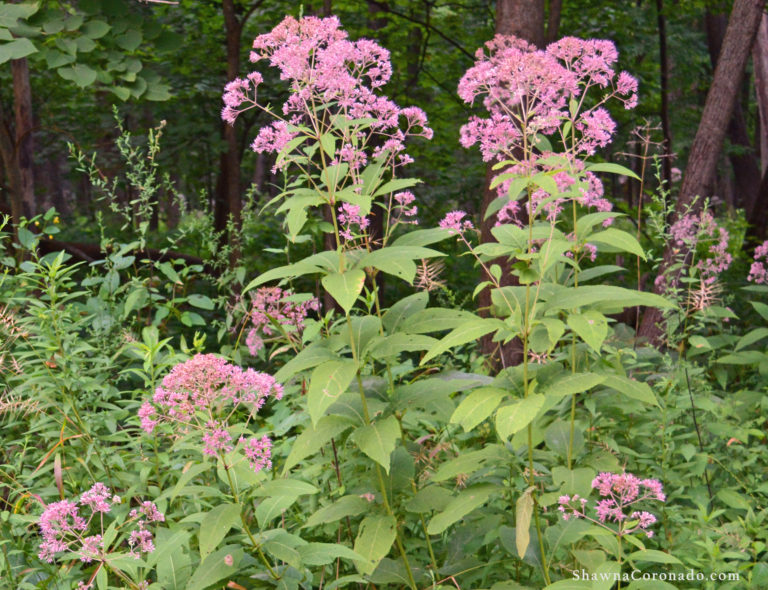
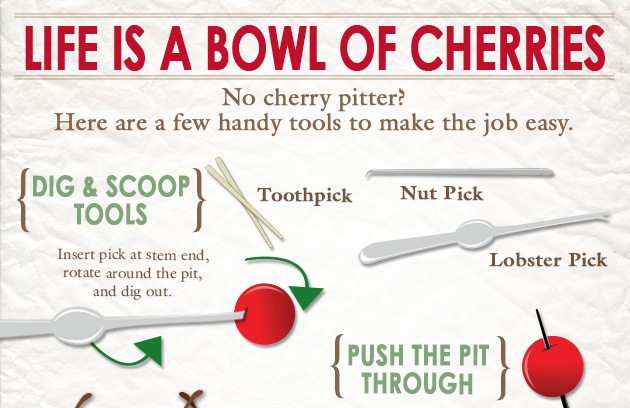
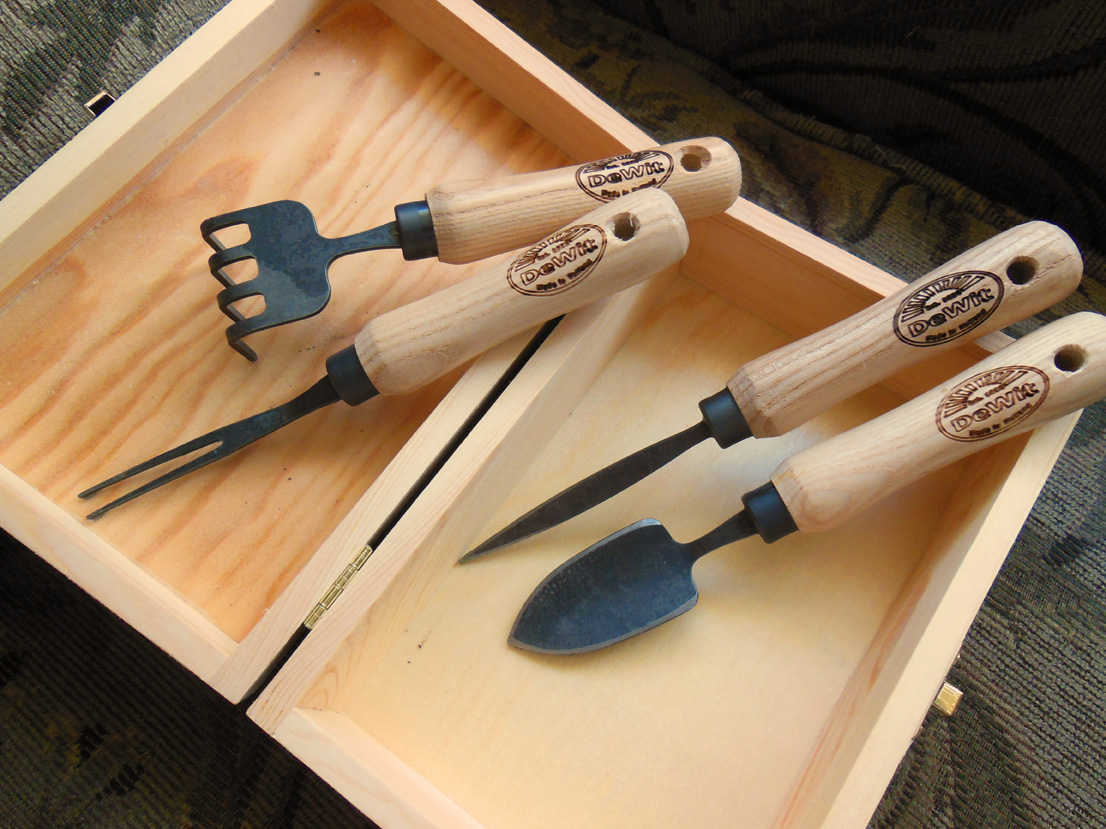
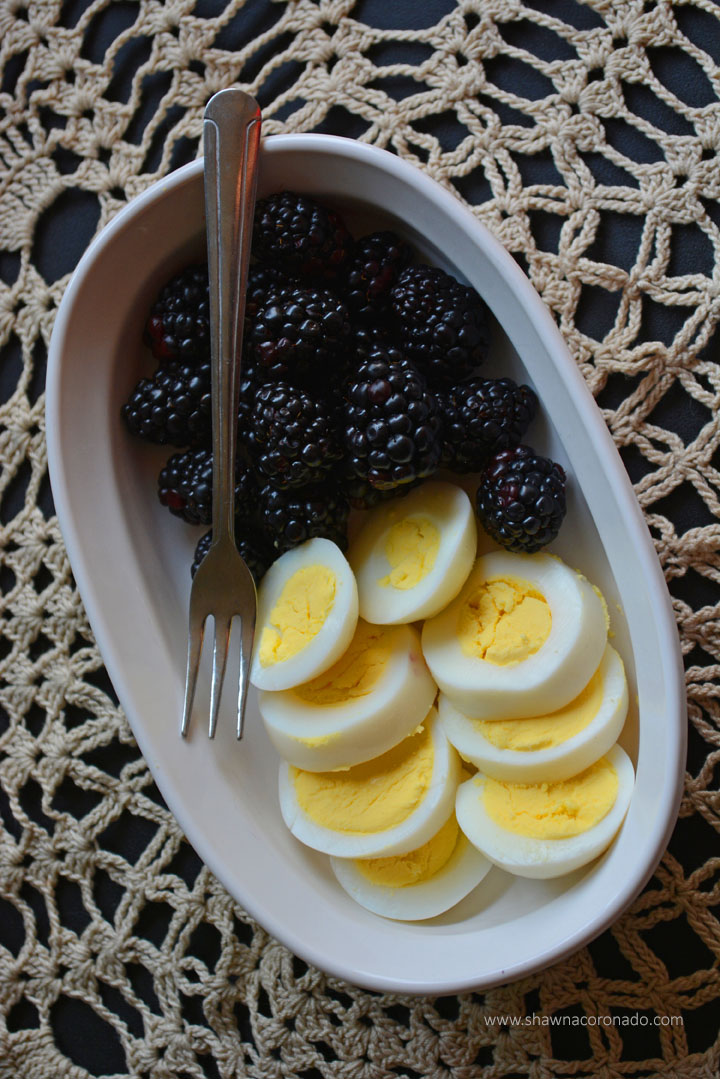
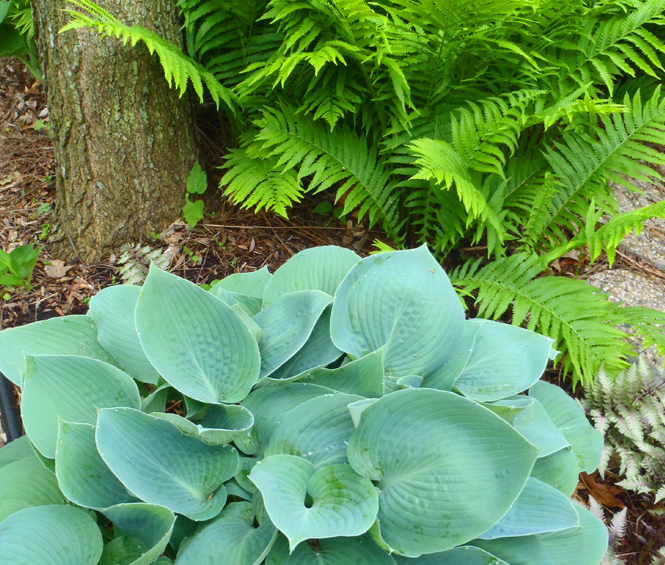
What type of fertilizer do you use in the shade garden?
This is really interesting, You are a very skilled blogger.
I have joined your feed and look forward to seeking more of
your wonderful post. Also, I have shared your site in my social networks!
Thank you so much for this! This is going to revolutionize my garden!
Lots of luck Jessica! I hope it does! 🙂
Thanks Tory!
Sandy – Most typically I did not use a specific brand in this garden, except to say I only use organic fertilizer if I use it at all. “All natural, no synthetic chemicals” is my mantra.
Here is a link to some of my soil secrets – http://ded.e4d.myftpupload.com/2012/08/how-i-built-a-hot-damn-happy-front-lawn-vegetable-garden-in-a-drought-year/
Hi Shawna!! Love this, thanks for sharing!! Question, I live in an apartment building with wimdows on an indirect sun side but would love to start indoor container planting…. do you think that is possible and if so, what veggies, fruits, herbs, etc. would do best in my situation? Thanks again!!
I would think the shade veggies mentioned in the above post would do fairly well in a bright light situation with indirect sun.
You’ve inspired us to try a garden. Thanks
How much sunlight, and shade do you truly have. I have a patio that has less than 2 hours of direct sunlight in the summer. will these plants work with that? Also what time of year did you start them. After the last spring frost?
Hello, It looks like you purchased all of these already sprouted and nearly full grown. What, if anything, have you had success with growing in that area from seed? Thank you
This is great. Just bought a home and the backyard is huge with big beautiful trees but very little sunlight. I can’t wait to try this method! Thanks!
I appreciating your garden. I invite you to see my garden and when you
nice and beautiful garden… I got an idea how to design our school garden.. Thanks for your post
Thanks much!